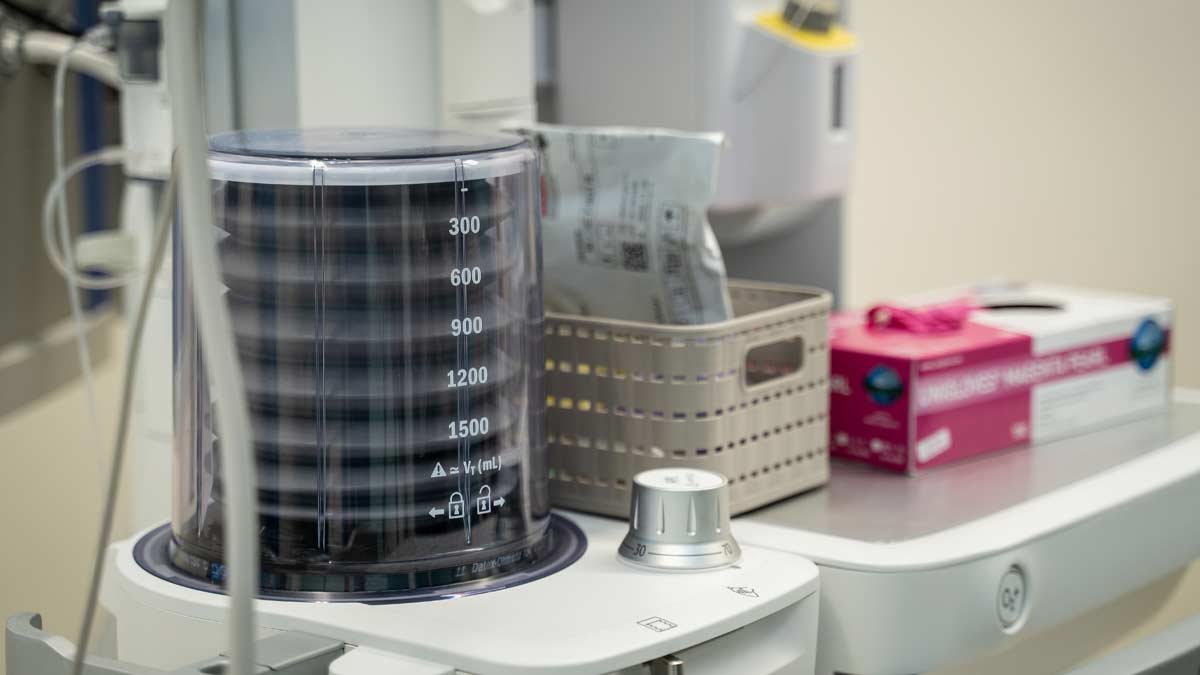Protecting lungs from ventilator-induced injury
 An unfortunate truth about the use of mechanical ventilation to save the lives of patients in respiratory distress is that the pressure used to inflate the lungs is likely to cause further lung damage.
An unfortunate truth about the use of mechanical ventilation to save the lives of patients in respiratory distress is that the pressure used to inflate the lungs is likely to cause further lung damage.
In a new study, scientists identified a molecule that is produced by immune cells during mechanical ventilation to try to decrease inflammation, but isn’t able to completely prevent ventilator-induced injury to the lungs.
The team is working on exploiting that natural process in pursuit of a therapy that could lower the chances for lung damage in patients on ventilators. Delivering high levels of the helpful molecule with a nanoparticle was effective at fending off ventilator-related lung damage in mice on mechanical ventilation.
“Our data suggest that the lungs know they’re not supposed to be overinflated in this way, and the immune system does its best to try to fix it, but unfortunately it’s not enough," said Joshua Englert, MD, assistant professor of Internal Medicine in the Division of Pulmonary, Critical Care and Sleep Medicine at The Ohio State University College of Medicine and co-lead author of the study. “How can we exploit this response and take what nature has done and augment that? That led to the therapeutic aims in this study.”



